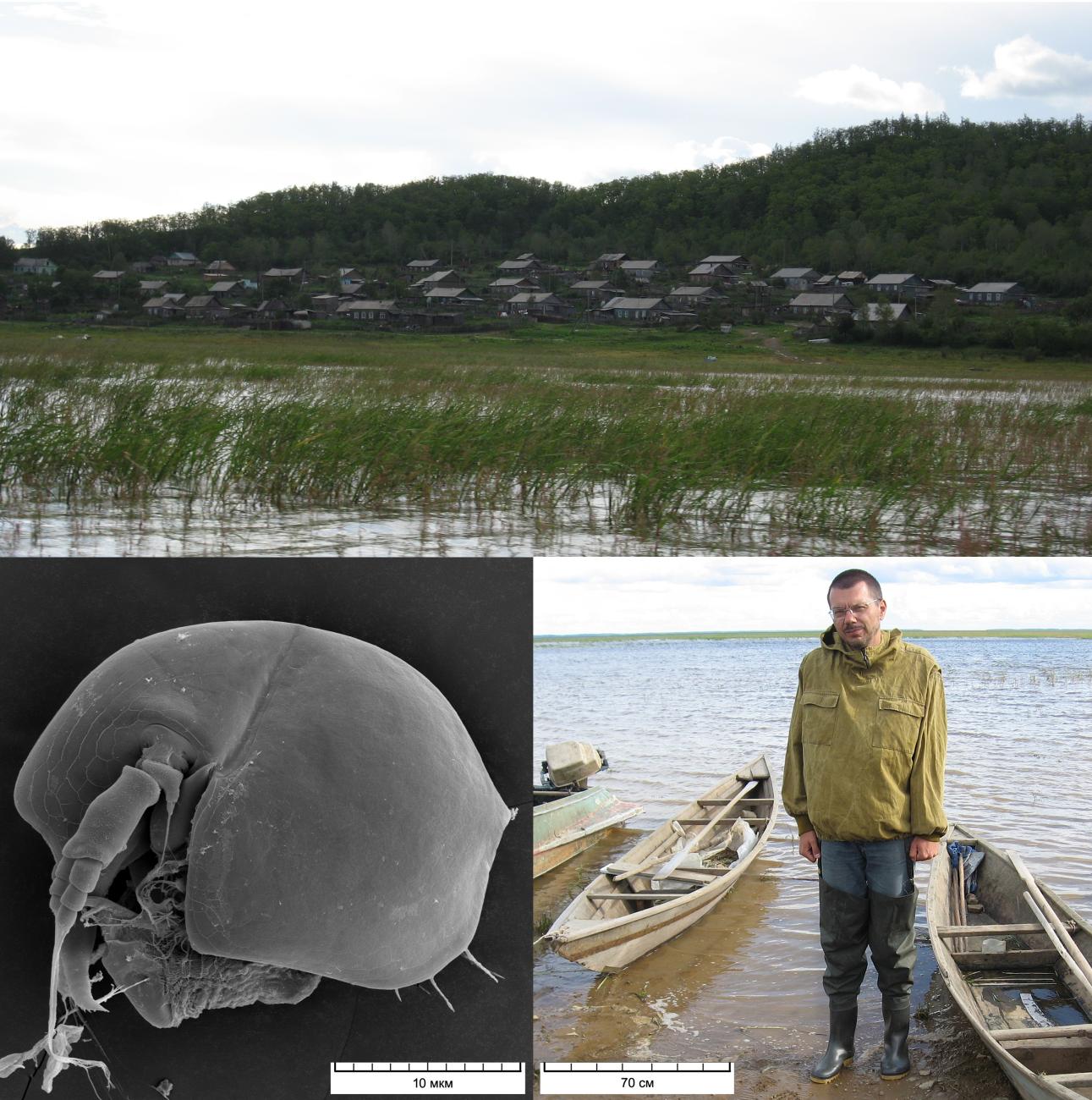
The Russian Far East is a region of mixing of boreal and tropical faunas and a zone of endemism of microscopic crustaceans (Cladocera and Copepoda). The question is of interest: how does the formation of zooplankton communities occur in this border region? Due to the species of what faunistic complexes of southern or temperate latitudes do they form in the first place?
Scientists from the A.N. Severtsov RAS studied communities of copepods (Copepoda) and cladocerans (Cladocera) in the three largest protected lakes of the Far East: Khanka (Primorye), Bolon and Chukchagir (Khabarovsk Territory). In all lakes, crustaceans formed similar sets of communities confined to characteristic biotopes: thickets of plants, coastal and central parts of the reservoir, but their species composition differed between reservoirs. It turned out that no more than a third of the found species are included in stable communities. The proportion of endemics in communities was significantly higher than among species whose distribution was in no way connected with other organisms. This indicates that endemic species that have emerged and permanently inhabit this geographical region determine the characteristic features of plankton communities.
It has been suggested that the composition of microscopic crustacean species in individual Far Eastern lakes reflects the history of the settlement of water bodies. The key role is played by which species first settled in the lake - the “founder effect”, and, later, were able to populate accessible biotopes, as well as take dominant positions in the community. As they say, whoever did not have time, he was late!
The results of studies of zooplankton in the Far Eastern lakes can be used in the development of an ecological monitoring system for the state of aquatic communities in the Russian Far East.
The research was supported by the Russian Science Foundation grant No. 20-04-00145.
Chertoprud E.S., Seleznev D.G., Garibian P.G., Kotov A.A. 2023. Microcrustaceans (Cladocera and Copepoda) of three large lakes in the transitional zone between Boreal and Tropical faunas at Russian Far East: case study of species richness and association structure // Diversity. 15(3), 338.
Related materials:
Science and Life: "Who did not have time, he was late!"
